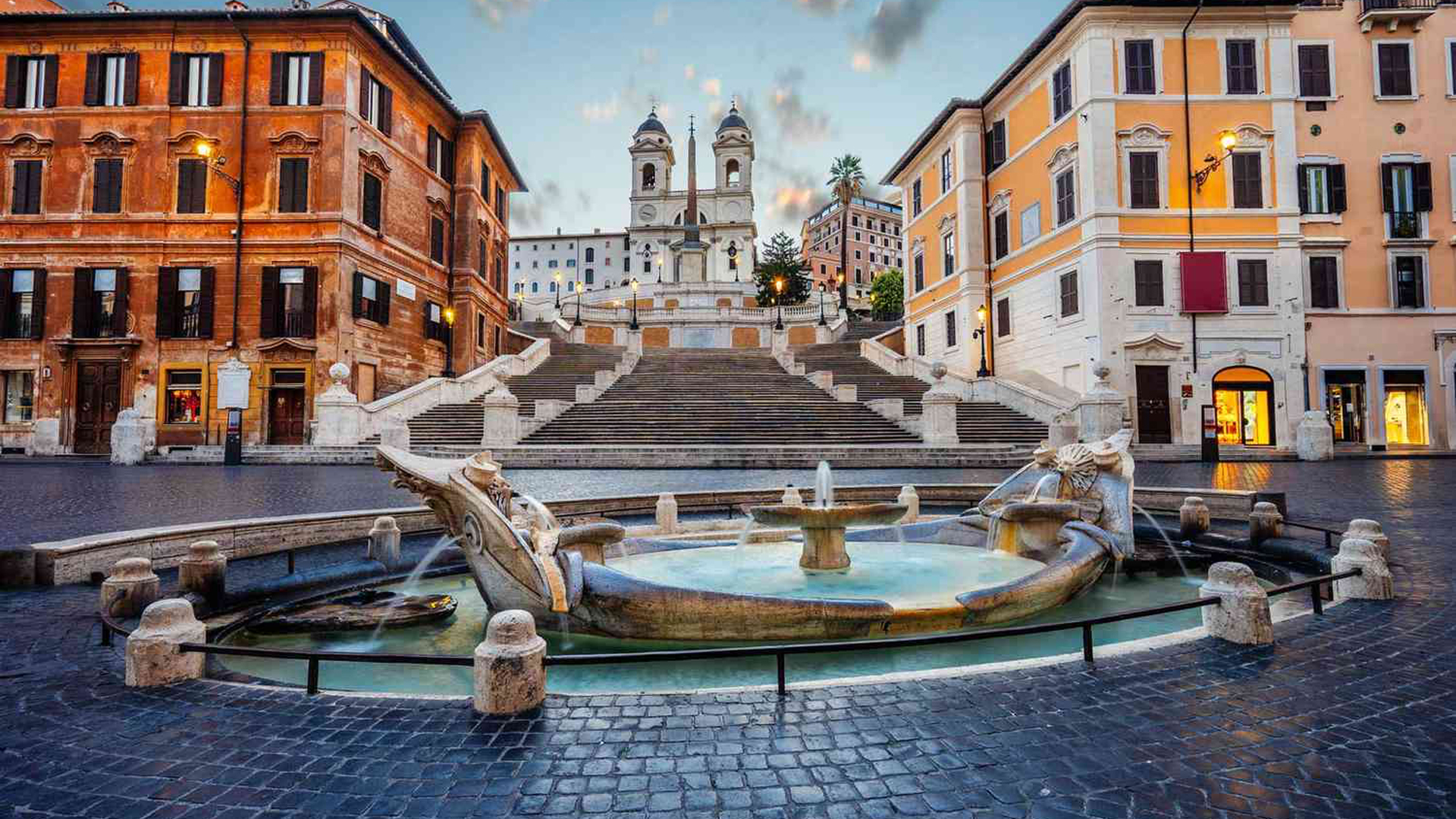Rome is one of the most visited cities in the entire world. Prior to the COVID-19 pandemic, millions of people flocked to the Eternal City each year to sample its rainbow of pizzas and pastas and explore its thousands of years of history.
Of Italy’s 58 UNESCO World Heritage Sites, the most of any country in the world, Rome is home to 13. The Colosseum, the massive Ancient Roman amphitheater that hosted scores of bloody gladiator games, and St. Peter’s Basilica, the crown jewel of the Vatican City State, the smallest sovereign State in the world, are two of the city’s most prominent landmarks, and each a UNESCO World Heritage Site.
As an ancient city, it’s only natural that Rome’s winding cobblestone streets are narrow. And while they are charming, they can make it feel much harder to avoid the heavy crowds of tourists that particularly saturate the city during the summer months. But, there are ways to enjoy a peaceful, and slightly less congested Roman holiday, even during peak season. Read on for five ways to avoid the crowds in Rome.
Venture out of the centro storico
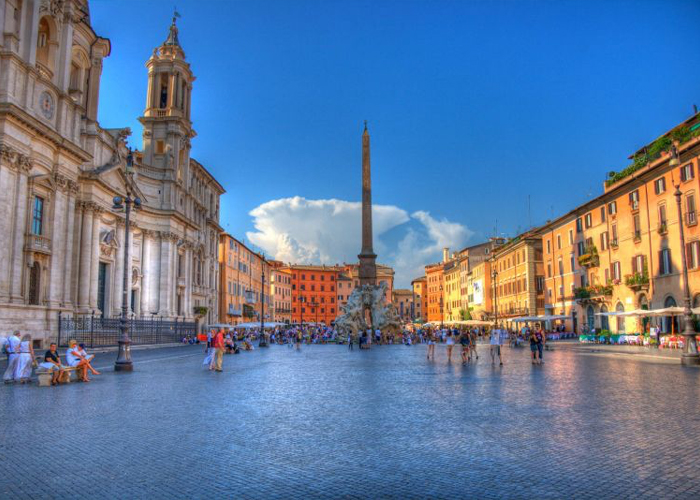
The city’s centro storico, or historic center, is where most of Rome’s monuments, sites, restaurants, bars, and shops are located, so it should come as no surprise that it’s a tourism-heavy hotspot. While the centro storico is charming in its own right, Rome is home to many other neighborhoods that are just as interesting and definitely more low-key.
Neighborhoods like Testaccio, Ostiense, EUR, and Monteverde, mainly frequented by locals, are all within walking or public transportation distance from the centro storico. These neighborhoods are also home to unique museums, shops, bars, and restaurants that can offer visitors a more authentic Roman experience.
Take night tours of popular landmarks
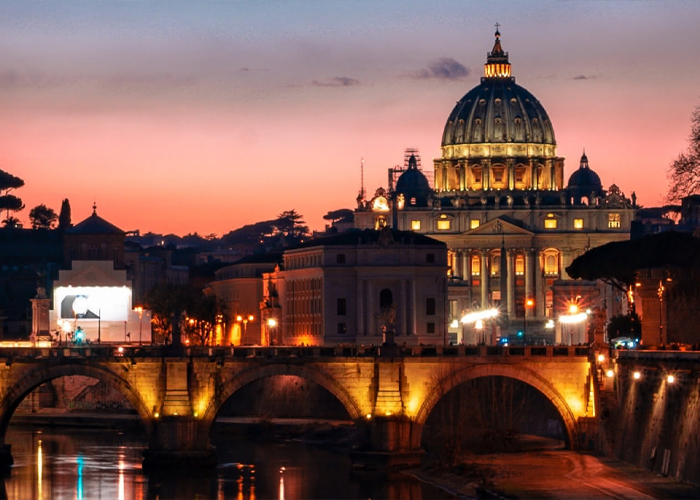
Popular landmarks like the Colosseum and the Vatican are undoubtedly must-see sites for first-time visitors. Taking night tours of these places is one way visitors can enjoy them without the overbearing crowds. The Colosseum, for example, offers guided night tours in both English and Italian that go as late as midnight during the summer months. Tours are capped at 25 people and at times it feels as if you have the entire ancient amphitheater to yourself, which makes for a more intimate experience than a day tour. Tickets should be purchased ahead of time online.
Wake up early and explore the city

This might be bad news for those who like to sleep in, but one of the best times to explore the city is early in the morning. While only a few coffee bars may be open, it’s one of the best times to see the city – the streets are empty and quiet, and it's as if you have all of Rome to yourself. Plus, as Rome is a virtually free, open-air museum, it’s also a great opportunity to wander around some of the town’s landmarks like the Spanish Steps, the Trevi Fountain, or Piazza Navona in peace.
Take a day trip from the city
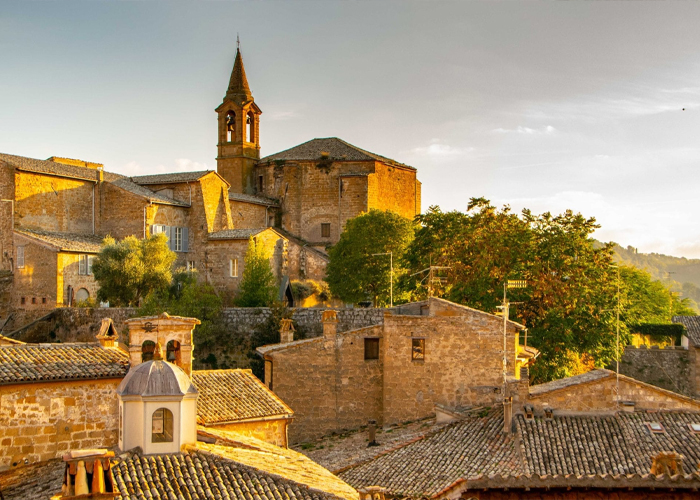
A quick solution to avoiding the crowds in Rome is to simply leave the city for the day and explore a town or beach within the Lazio region and beyond. The medieval Umrbian town of Orvieto, for example, can be easily reached from Rome’s Termini train station in just one hour. The Pope’s summer residence in the Castelli Romani, as well as beaches such as Sperlonga and Santa Severa, can all be visited by taking local transportation.
Visit lesser known sites and monuments
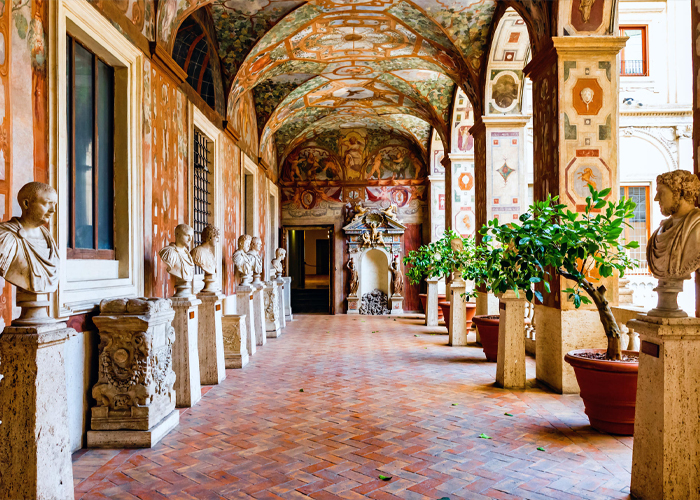
There’s a lot to see in Rome that it can be overwhelming – the city has thousands of years of history that date from the ancient, medieval, and Renaissance eras. Visiting some of the city’s lesser known sites and monuments is not only an opportunity to have a more relaxed cultural experience, but also a chance to enrich your understanding of the city’s unique historic fabric. Museums like Palazzo Altemps, a former 15th-century noble palace decorated with intricate frescoes and ancient sculptures, or the Baths of Diocletian, the largest imperial baths in ancient Rome, are great alternatives to monuments like the Colosseum or the Pantheon.
Asia London Palomba
Asia London Palomba is a trilingual freelance journalist from Rome, Italy. In the past, her work on culture, travel, and history has been published in The Boston Globe, Atlas Obscura, The Christian Science Monitor, and Grub Street, New York Magazine's food section. In her free time, Asia enjoys traveling home to Italy to spend time with family and friends, drinking Hugo Spritzes, and making her nonna's homemade cavatelli.

